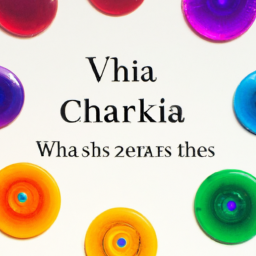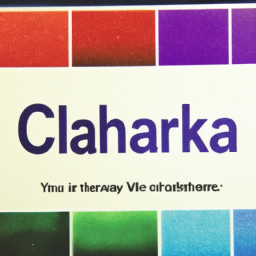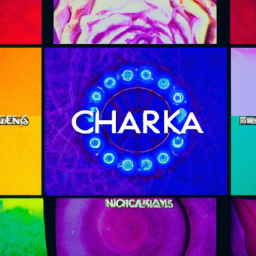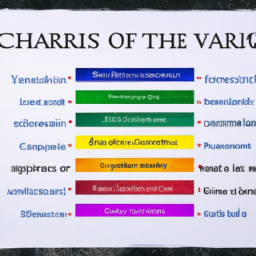
Chakras have become quite popular in recent years, especially in New Age and spiritual circles. But what exactly are chakras and where did they originate from? In this article, we will delve into the origins of chakras and explore their significance in different cultures.
What are Chakras?
Chakras, in simple terms, are believed to be energy centers in the body. The word ‘Chakra’ is derived from the Sanskrit word for ‘wheel’ or ‘circle’, which is fitting as chakras are often described as spinning vortexes of energy. Wheels of energy that keep us alive and healthy.
There are 7 main chakras running along the spine, from the base of the spine to the crown of the head, each of which is associated with a different color and element. These chakras are believed to be responsible for our physical, emotional, and spiritual well-being. When they are balanced and aligned, we experience optimal health and harmony, but when they are blocked or unbalanced, it can lead to physical and emotional imbalances.
The Origins of Chakras
The origins of chakras can be traced back to ancient Indian texts, specifically the Vedas and Upanishads. The concept of chakras was first mentioned in the Vedas, written between 1500-1000 BCE. In the Rig Veda, the oldest of the Vedic texts, there are references to energy centers in the body known as ’Padmas’ or ‘Lotuses’, which are believed to be the earliest descriptions of chakras.
“Padmas are fastened to the koshas, and are invisible, like the blossoming of these lotuses. They are invisible and infinite spaces.”
The Upanishads further developed this idea by introducing the concept of nadis, or energy channels, which act as pathways for the flow of energy through the body. Chakras were believed to be located along these nadis, with the main 7 chakras being the most important.
Chakras in Different Cultures
While the concept of chakras originated in ancient Indian culture, similar energy centers can be found in other cultures as well. In Chinese medicine, there is a similar system of energy channels called meridians, believed to correspond to different organs and body systems. In Hinduism, the chakras are associated with different deities and spiritual elements, while in Buddhism, they are linked to specific meditation practices.
In many Native American cultures, the concept of chakras is referred to as the body’s ‘Medicine Wheel’. The 7 directions of the Medicine Wheel correspond to the 7 chakras, with each direction representing a different aspect of self and a specific energy center in the body. Indigenous cultures from all around the world have knowledge of energy centers in the body, further supporting the idea that chakras are not limited to just one culture or belief system.
The Modern Usage of Chakras
Chakras became more widely known in the western world in the 20th century when yoga and meditation practices started gaining popularity. Along with Eastern philosophies, chakras were introduced to the western world, and many spiritual teachers and healers started incorporating them into their teachings and modalities.
Today, chakras are used in various healing practices such as reiki, acupuncture, and crystal healing, to name a few. They are also commonly referenced in self-help books and workshops as a means of self-discovery and self-improvement.
- The root chakra is associated with the color red and represents stability and grounding.
- The sacral chakra is associated with the color orange and represents creativity and passion.
- The solar plexus chakra is associated with the color yellow and represents personal power and confidence.
- The heart chakra is associated with the color green and represents love, compassion, and connection.
- The throat chakra is associated with the color blue and represents self-expression and communication.
- The third eye chakra is associated with the color indigo and represents intuition and inner wisdom.
- The crown chakra is associated with the color violet and represents spirituality and connection to the divine.
While the origins and significance of chakras may differ among cultures and belief systems, one thing remains certain – chakras are a powerful tool for self-discovery, healing, and spiritual growth. By understanding and balancing our chakras, we can achieve optimal health and well-being in all aspects of our lives.
So, whether you are just starting to explore the world of chakras or have been practicing for years, always remember the importance of self-awareness and self-care in maintaining a harmonious and balanced life.
“If you want to find the secrets of the universe, think in terms of energy, frequency, and vibration.” – Nikola Tesla





Interesting topic!
JohnCorey: I’ve been looking for an answer to this myself!
A fascinating exploration of the ancient yogic philosophy!
I can’t wait to learn more about this!